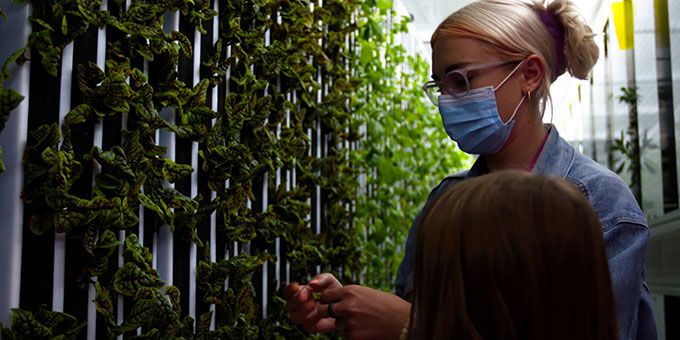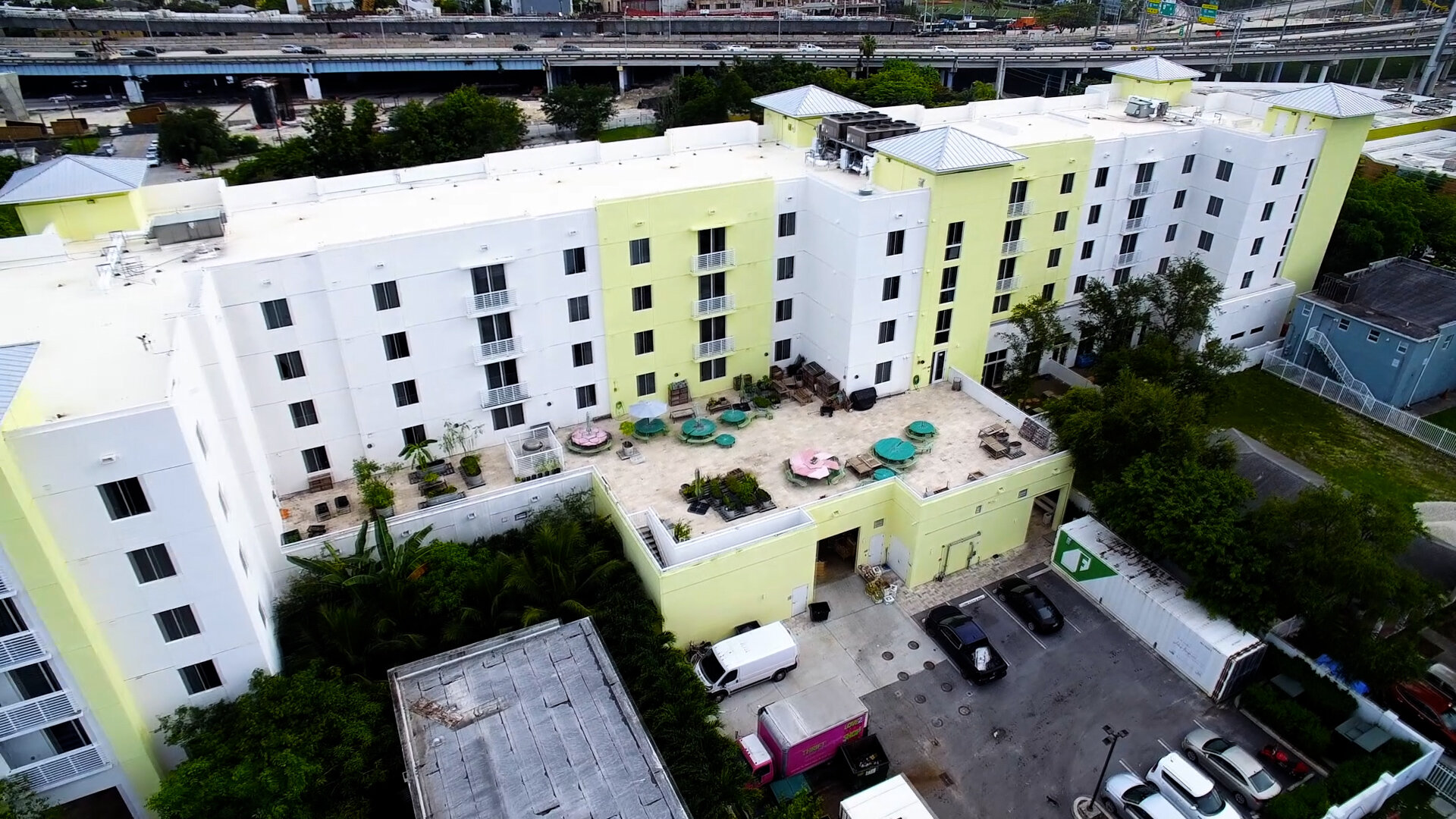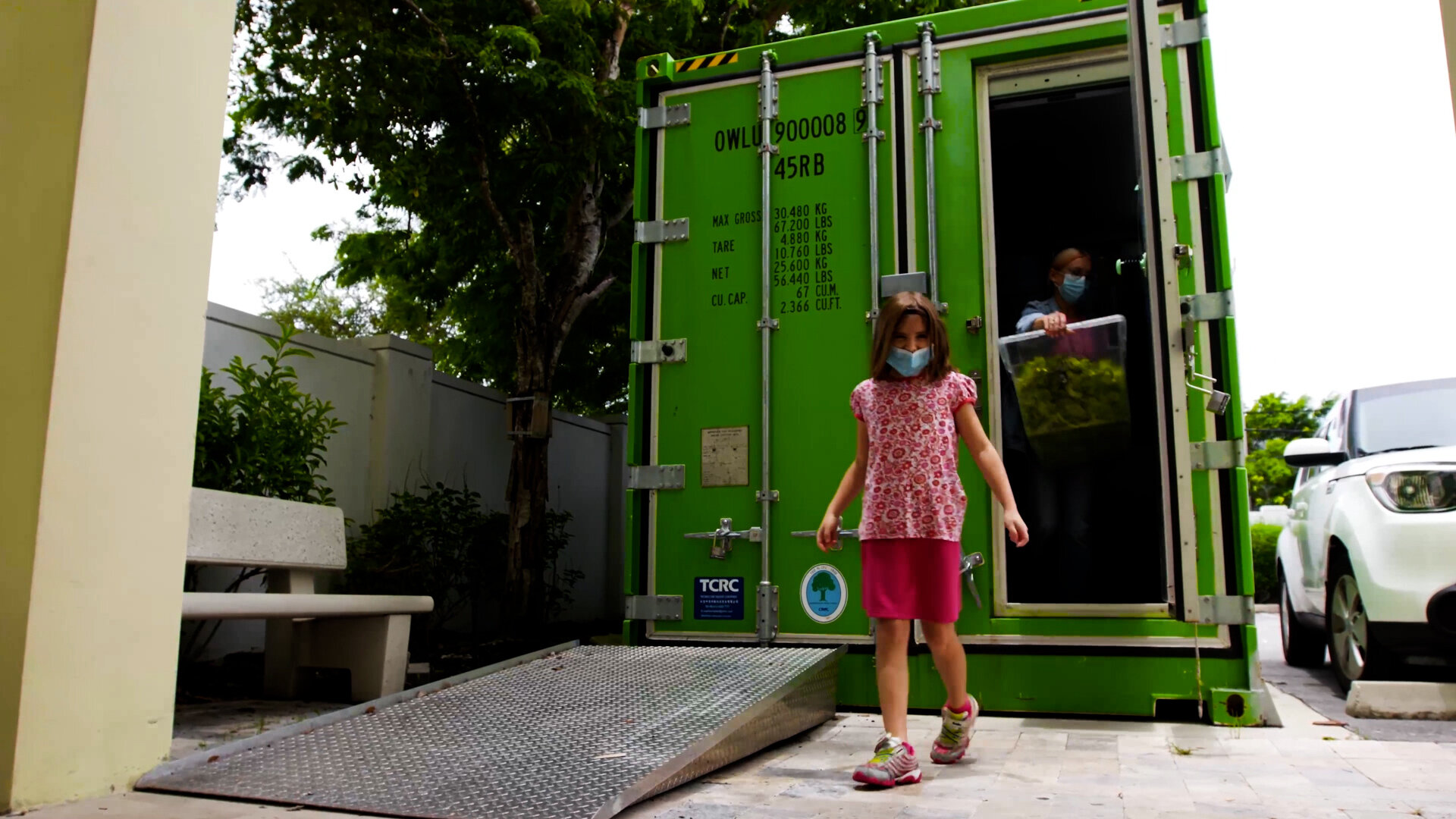In 2019, the Lotus House community expanded its resources and programming with the arrival of a Greenery container farm. The farm is the cornerstone of the nonprofit’s educational programs for young residents, inspiring their curiosity about science, plants and nutrition.
 Freight Farms Case Study - Lotus House
Freight Farms Case Study - Lotus House

Case Study from | Freight Farms
About Lotus House
Lotus House is considered a “holistic residential facility and resource center for women and children experiencing homelessness.” The nonprofit addresses the root cause of homelessness, with the intent to provide women and their children with tools to build the foundation for a new future. Lotus House provides more than 500 women and children residents with daycare, employment education, arts programs, a beauty salon, yoga and meditation, and more.
In 2019, the Lotus House community expanded its resources and programming with the arrival of a Greenery container farm. The farm is the cornerstone of the nonprofit’s educational programs for young residents, inspiring their curiosity about science, plants, technology, and nutrition.

Photo Courtesy of Wil Kazary

Photo Courtesy of Wil Kazary
Farm Fresh Produce Just Steps Away
Lotus House has always seen the value in growing their own food, but given the hot and humid climate of Miami, their outdoor gardening capabilities were limited. The introduction of the Greenery container farm has allowed for a year-round fresh food supply to the dining pavilion. It sits just 100 feet from the shelter’s kitchen where the chefs prepare meals with the produce grown in the farm. The Greenery has sprouted other gardening projects at Lotus House, like their rooftop garden that grows larger plants and fruiting trees.
Holistic Food Programs are the Answer
Prior to launching their farm program, Jackie and the team at Lotus House went through a rigorous process to understand the needs of the childhood-aged residents and how to best serve them. They found that the more layers of intervention a resident receives, the more effective it will be. This led them to create an evidence-based curriculum where the children not only learn how to operate the farm but they also take cooking classes, have dishes served to them that are prepared with the produce, and learn about the importance of a healthy diet.

Photo courtesy of Lotus House

Photo courtesy of Wil Kazary
Feeding the Future
The team at Lotus House found that many of their residents only had access to highly processed foods prior to coming to the shelter. This led them to place a priority on supplementing the meals they serve with nutrient-dense fruits and vegetables. With the Greenery, Lotus House is able to offer varieties of hyperfresh produce that residents may have never experienced before, introducing them to new flavors of nutritious food to pave the way for a more healthful life for themselves and their children.
The content & opinions in this article are the author’s and do not necessarily represent the views of AgriTechTomorrow
Comments (0)
This post does not have any comments. Be the first to leave a comment below.
Featured Product


